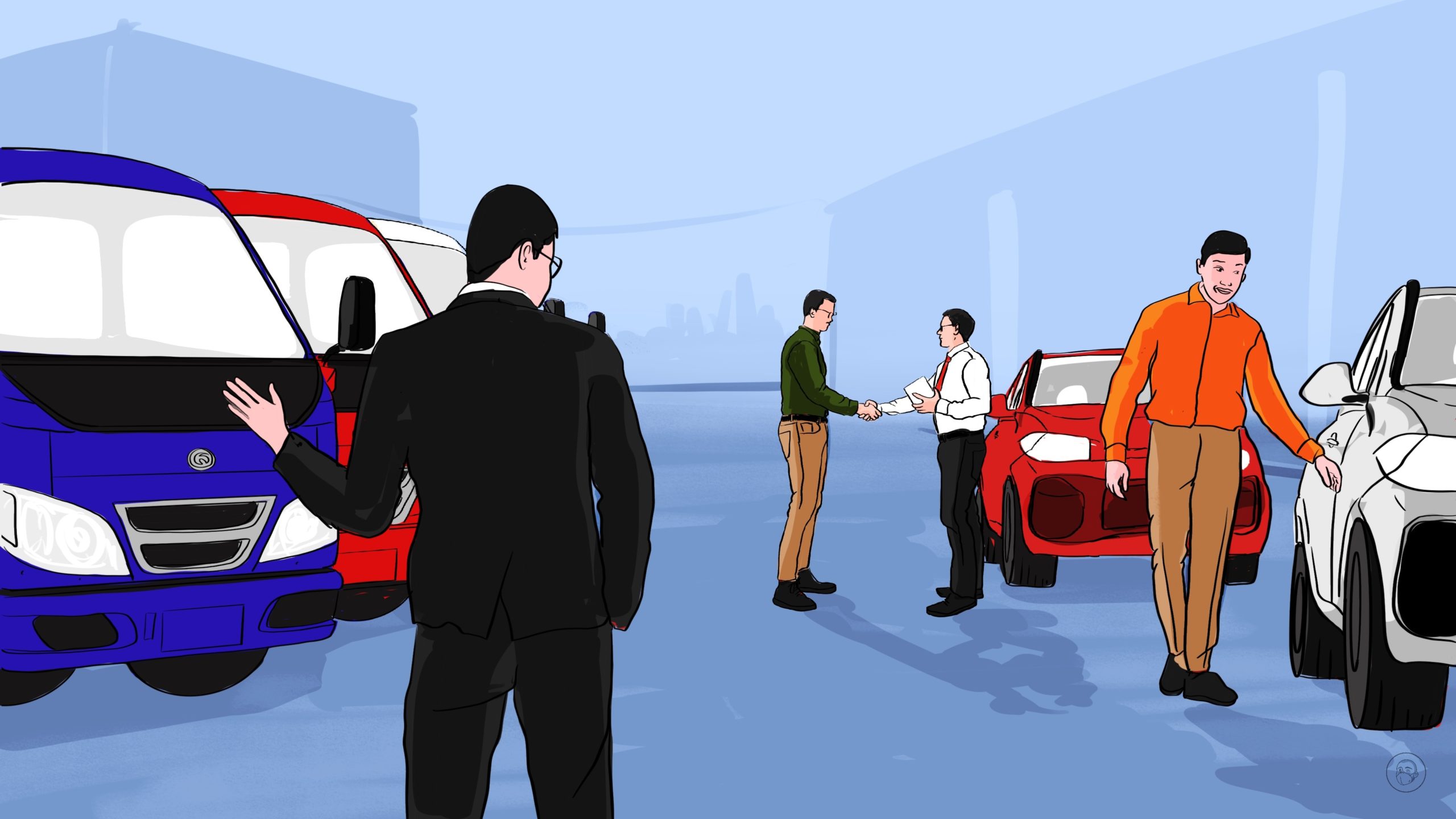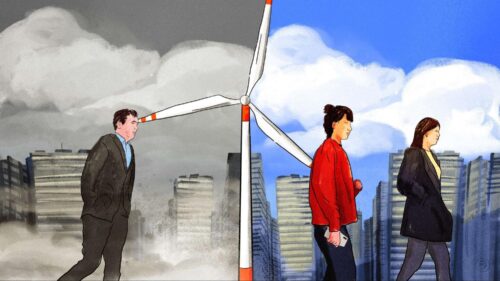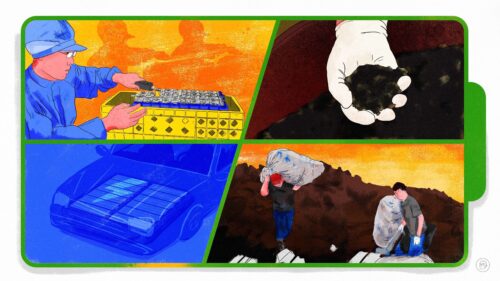Consumers are buying passenger cars again, but commercial vehicle sales are slumping
Passenger car sales are rebounding after COVID lockdown slowdowns, but companies aren’t buying commercial vehicles.

The first half of the year was a time of ups and downs for China’s auto industry. The year started off with high growth expectations, but in March, Shanghai’s auto industry was shut down because of COVID lockdowns, and national auto production and sales were cut in half. Sales started rebounding in April and May, led by new energy vehicles (NEVs), and continued to pick up in June, with the “strongest policy support in history” — the vehicle purchase tax on some passenger cars was reduced by half.
But overall, vehicle sales in the first half of the year were not exactly booming, based on China Association of Automobile Manufacturers (CAAM) data:
- Automobile sales were 12.05 million units, down 6.6% year-on-year, for an overall loss of about 700,000 vehicles.
- Passenger car sales were 10.35 million units, up 3.4% year-on-year. (In June, sales were 1.94 million units, a year-on-year increase of 22.6%.)
- Sales of new energy passenger vehicles were 2.24 million units, a year-on-year increase of 122.5%.
One segment of the market that is not mentioned above, however, has been dragging down overall vehicle sales: Commercial vehicles, i.e. vehicles used to transport goods or fare-paying passengers. According to CAAM data, in the first half of the year,
- Sales of commercial vehicles were 1.70 million units, a decrease of 41.2% year-on-year.
- Sales of passenger cars decreased by 849,000 units, but sales of commercial vehicles decreased by 1.05 million units over the same period.
- In June, commercial vehicle sales were 281,000 units, a year-on-year decrease of 37.4%.
- According to a CAAM forecast, commercial vehicle sales in 2022 will reach only 4 million units, a year-on-year decrease of about 16%.
- Of the 10 listed commercial vehicle companies that have issued performance forecasts for the first half of the year, nine expect declines in net profits, and five expect net profit losses.
Why are sales of commercial vehicles down?
Just two years ago, commercial vehicles hit an all-time high: In 2020, sales exceeded 5 million units for the first time. Why have sales cratered since then? According to CAAM, the first reason is that commercial vehicles are more closely tied in with the overall trends of the economy:
- Unlike passenger cars, which are consumer goods, commercial vehicles are means of production, and if the economy isn’t growing, neither will they.
- In the first half of the year, due to COVID, infrastructure construction was greatly inhibited, and sales of trucks dropped accordingly, while the slump in tourism suppressed demand for passenger transport and buses.
Policies that support passenger vehicles, like the halving of vehicle purchase taxes in June, do not apply to commercial vehicles.
Trucks are also being “punished” for being much dirtier: According to an industry report published this week, of the total of around 40,000 trucks in China, over 90% are still in the Stage 5 or below segments of China’s vehicle exhaust emission standards. The Stage 6 standard, one of the most stringent emission standards in the world requiring, for example, a 77% reduction of nitrogen oxide emissions from Stage 5, is currently being implemented in China. Pollution control measures in the industry have specifically targeted trucks, and a large number of trucks in the Stage 3, 4, and 5 emissions standards have been taken off the market.
The takeaway
China’s commercial vehicle manufacturers are all feeling the crunch: Of the leading manufacturers, only one, Yaxing Coach 亚星客车, a bus manufacturer based in Jiangsu Province, reported year-on-year sales increases in June, but this comprised only 237 units. For the market leaders, the sales numbers for June (and the comparison with last year) show that the pain is real:
- Foton Motor 北汽福田, sales of 40,000 vehicles, down 37.76%.
- Jiangling Motors Corp (JMC) 江铃汽车, sales of 26,000 units, down 17.16%
- FAW Car 一汽解放, sales of 15,500 units, down 61.72%.
- Dongfeng Commercial Vehicles 东风商用车, sales of 13,100 units, down 30.38%.






